ANTIPADDLE REVIEW: ARE WE BORN WITH FEELING FOR WATER OR IS IT LEARNED?
Review Summary: StrokeMax Antipaddle
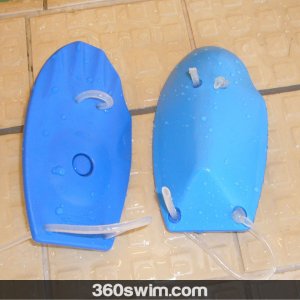
If you are serious about improving your technique but hesitant to invest in fancy gear, this is the one tool worth getting. The Antipaddles are simple, durable, and incredibly effective at teaching your hands to sense and hold water properly.
✅ Pros
- Forces high elbow catch
- Reduces shoulder strain compared to power paddles
- Adjustable weight (can be filled with water)
- Excellent for rehabilitation
- Works for all four strokes
❌ Cons
- Water plug can be difficult to open
- Drain placement could be optimized
Detailed Score Breakdown
- Usability/Effectiveness
- 4.5 / 5
- Material
- 5 / 5
- Look & Feel
- 5 / 5
- Value
- 5 / 5
If you’ve taken a few swim lessons or spent time around pools, you’ve probably heard of the phrase “feeling for water.”
Some swimmers seem to instantly know how to grab the water, while others (even after years) struggle to generate propulsion. This “feel” often seems innate, but where there is a will and patience, it can be acquired.
One tool that helps accelerate this learning process is the Antipaddle, a training aid designed to refine your catch and improve your sensitivity to water.
Dive Into: The Antipaddle
- Introduction: The Elusive “Feeling for Water”
- What Is the Antipaddle and How Does It Work?
- Antipaddle Design and Specifications
- How to Use Antipaddles Effectively
- Training Ideas and Practical Applications
- Summary: Pros and Cons
- FAQ
Introduction: The Elusive “Feeling for Water”
If you’ve taken a few swim lessons or spent time around pools, you’ve probably heard of the phrase “feeling for water.”
Some swimmers seem to instantly know how to grab the water, while others (even after years) struggle to generate propulsion.
This “feel” often seems innate, but where there is a will and patience, it can be acquired.
One tool that helps accelerate this learning process is the Antipaddle, a training aid designed to refine your catch and improve your sensitivity to water.
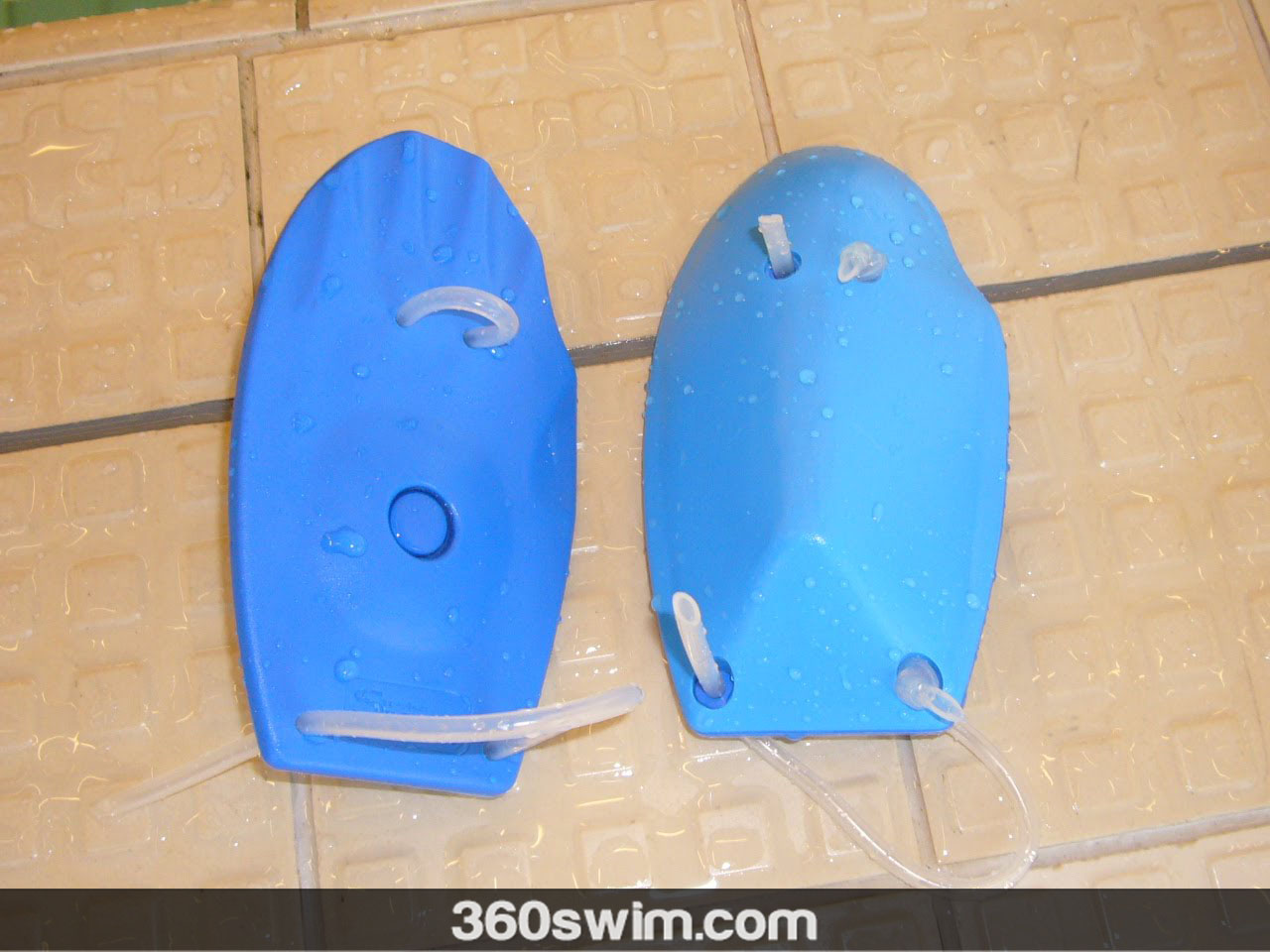
What Is the Antipaddle and How Does It Work?
Most swimmers are familiar with regular paddles, which increase hand surface area and build strength.
The Antipaddle, however, does the opposite. It reduces your surface area, making your hands “slip” through the water.
You might ask yourself, why would you want to mimic the feeling of your hand slipping through the water?
Because this forces you to find a more effective arm and forearm position in the water to regain grip, helping you instinctively locate the most efficient catch angle.
This heightened awareness improves your early vertical forearm (EVF) and builds shoulder and lat engagement at the same time.
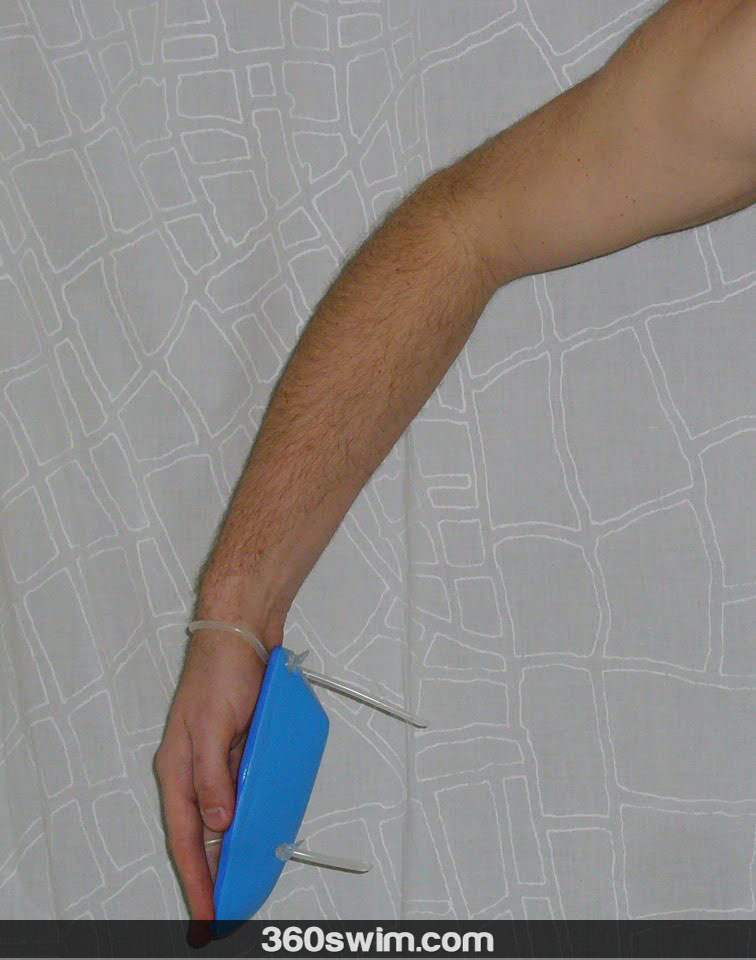
In other words, with Antipaddles on, you desensitize your hand, and when you take them off, you feel the water much better.
It is true there are other drills that serve a similar purpose and have been used for years.
The most popular is the closed-fist drill, where you swim with your fists closed to find the optimal catch. Or mimicking an OK sign with your fingers.
Others use rubber gloves or hold a small ball or ring (golf ball, floorball, plastic doughnut) in their palm.
They all help somewhat, but because your hand is clenched, it’s not positioned as it would be during normal swimming. This slightly changes your catch angle and quickly tires your forearm as you actively hold the object.
The Antipaddle movement feels much more natural, letting your hand stay relaxed and properly aligned. It also allows you to focus fully on the feel of the water, not on gripping something.
Furthermore, the boat-like hull shape automatically corrects hand position if you twist your wrist during entry or pull, guiding you into the proper catch motion.
It’s similar to the closed-fist drill, but more natural. You don’t have to clench your hands or hold objects, your hand remains relaxed and aligned just as in real swimming.
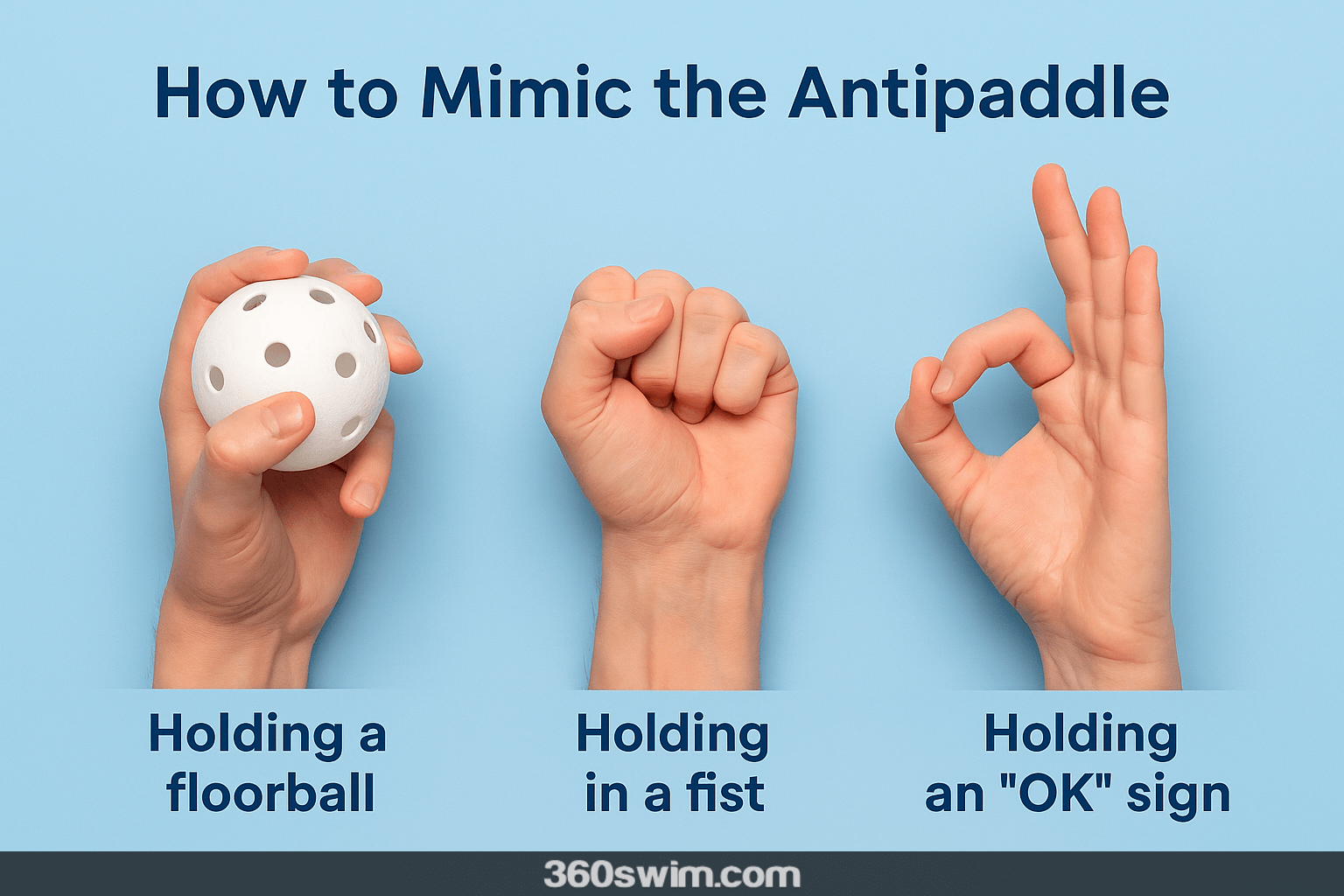
Antipaddle Design and Specifications
The Antipaddle is made from durable, lightweight plastic. They are similar to regular paddles but hollow and bulbous.
Key design features include:
- Soft surgical tubing straps that fit comfortably on wet hands.
- Finger grooves and palm ridge to guide proper hand shape.
- Fill plug at the top for adjusting buoyancy by adding water.
Adjusting water volume changes the paddle’s weight, heavier when filled, lighter when empty. This versatility makes it useful for both technique and light strength training.
If you’re curious about other tools that build your sensitivity and control during the pull phase, you can also check out my Palm Paddle review. It’s a tiny, fingertip-sized paddle that help you refine your catch and pull path awareness in a similar manner as the Antipaddle.
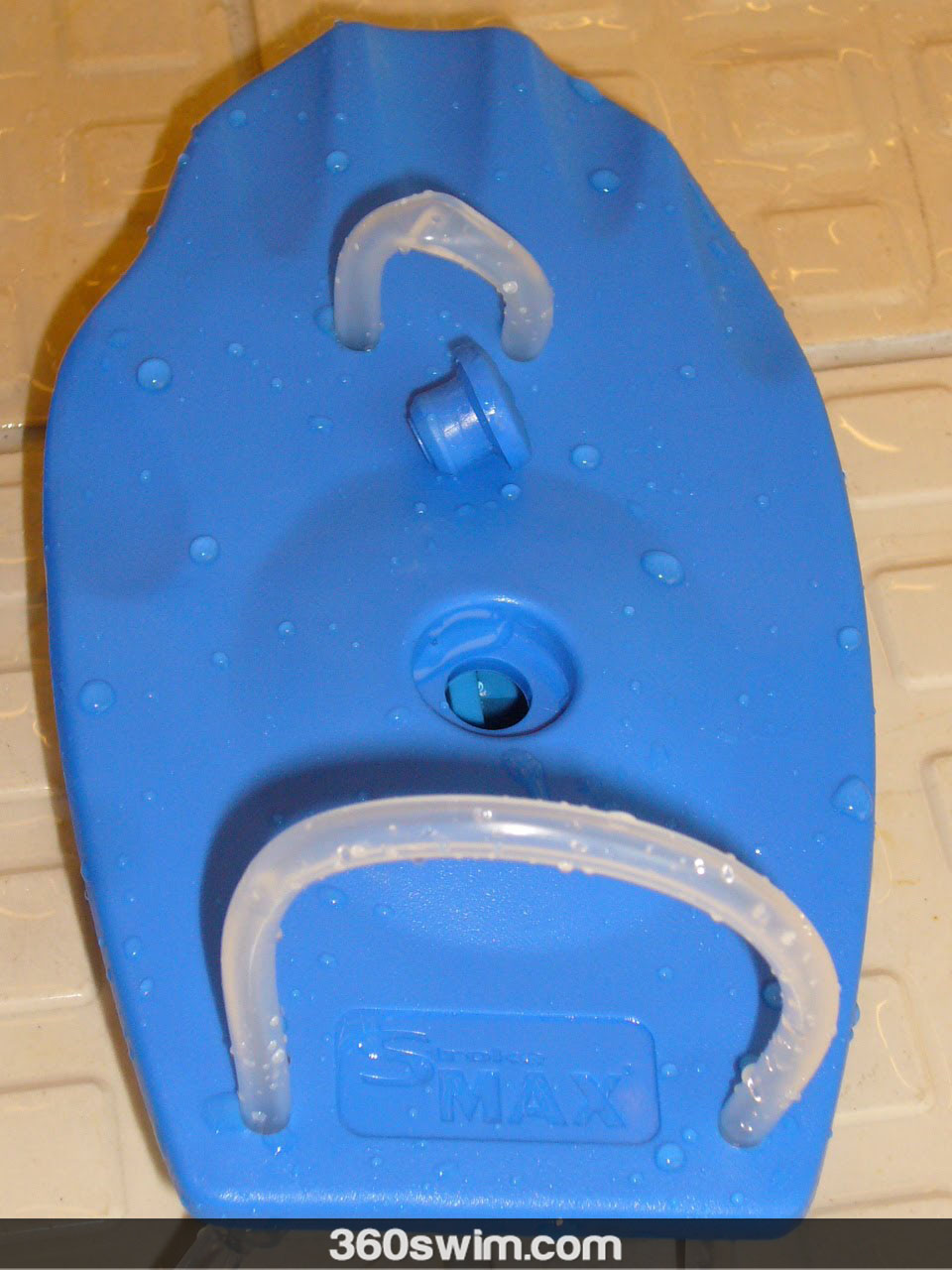
How to Use Antipaddles Effectively
Antipaddles work across all strokes and for swimmers of any age.
Because they reduce resistance instead of adding it, there’s less risk of shoulder injury, making them safe for youth, masters, and rehabilitation.
When swimming:
- Focus on hand positioning relative to your body.
- Maintain a straight wrist; your hand should act as an extension of the forearm.
- Keep the early vertical forearm concept in mind.
- Alternate sets with and without paddles to feel the contrast
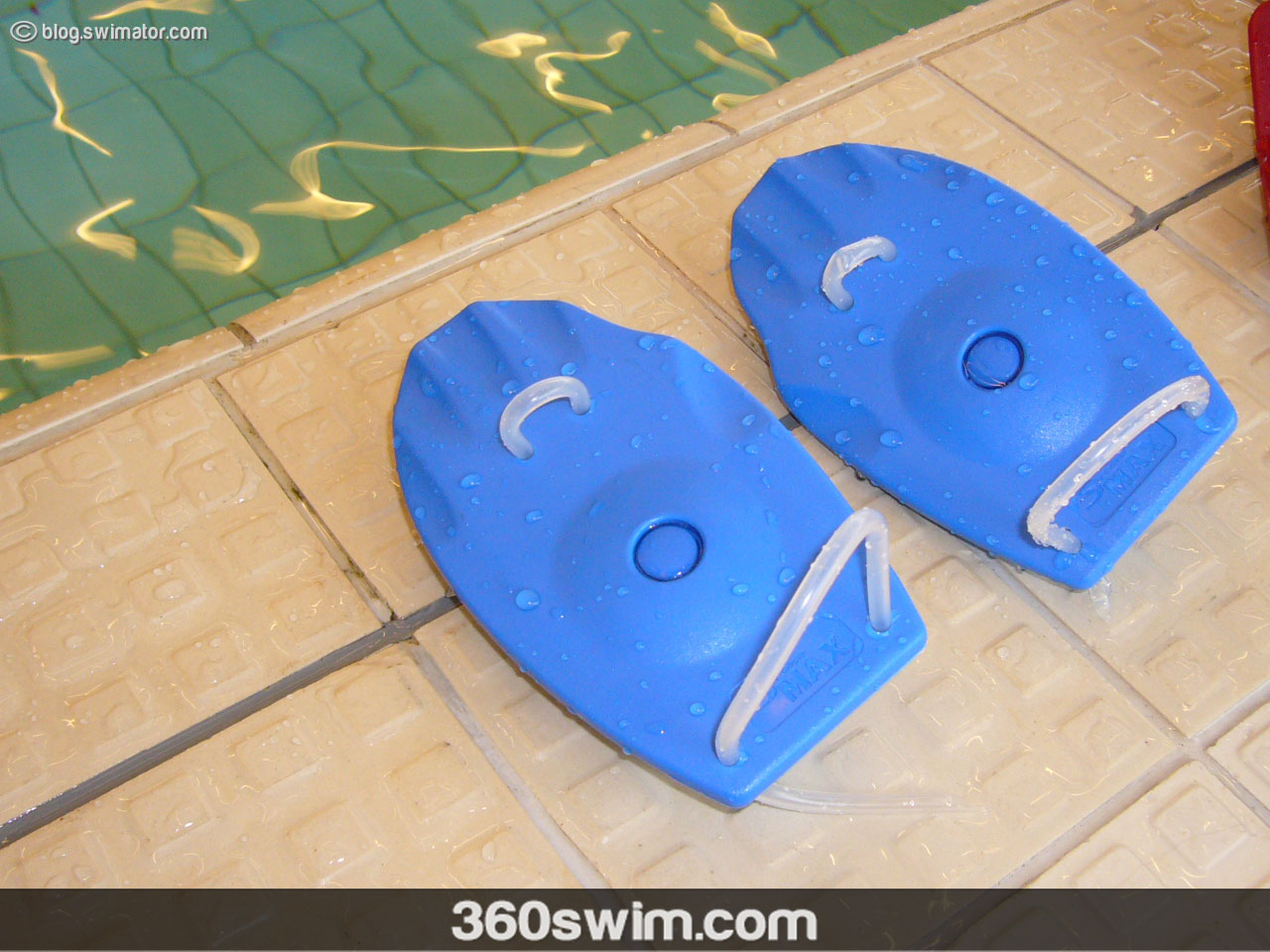
Training Ideas and Practical Applications
Here are practical ways to include Antipaddles in your training routine:
- Technique warm-up: Swim a few hundred meters before your main set to activate feel for water.
- Contrast sets: Alternate 8×50 normal, 8×50 with Antipaddles, and 8×50 faster without paddles.
- Stroke rate drills: Since the paddles reduce palm resistance, you can move your arms through the water faster. This makes them ideal for practicing your target stroke rhythm for open-water or long-distance events. You can also use them for sprint sets, focusing on maintaining a high arm turnover rate while keeping technique intact.
- Butterfly catch drill: Combine Antipaddles with fins and do short butterfly sprints, such as 4×25 meters. The reduced resistance helps you maintain a relaxed, high-elbow catch while reinforcing timing and rhythm without overloading your shoulders.
- High-elbow recovery: Fill the Antipaddles with water to make them heavier. During the recovery phase of freestyle (when your arm is above the water), the added weight naturally drops your hand toward the water, encouraging a high-elbow recovery instead of a straight-arm swing.
- Competition warm-ups: Apart from the mental edge of knowing you’ll “feel” the water better, using Antipaddles briefly before competition genuinely heightens water sensitivity. Swim a few short sets with them before removing them for your main warm-up. The difference in water feel will be immediate. (Note: this should complement, not replace, a complete warm-up routine.)
- Rehabilitation: The reduced resistance of the Antipaddles makes them perfect for post-injury or recovery training. They let you rebuild shoulder and rotator cuff strength progressively without overstraining joints or tendons.
- Dryland use: You can even use Antipaddles outside the pool. Fill them partially with water and use them while mimicking stroke movements, such as bent-over rows or simulated butterfly pulls on a stability ball. This helps build endurance in your lats and shoulders with a more natural grip angle than holding dumbbells.
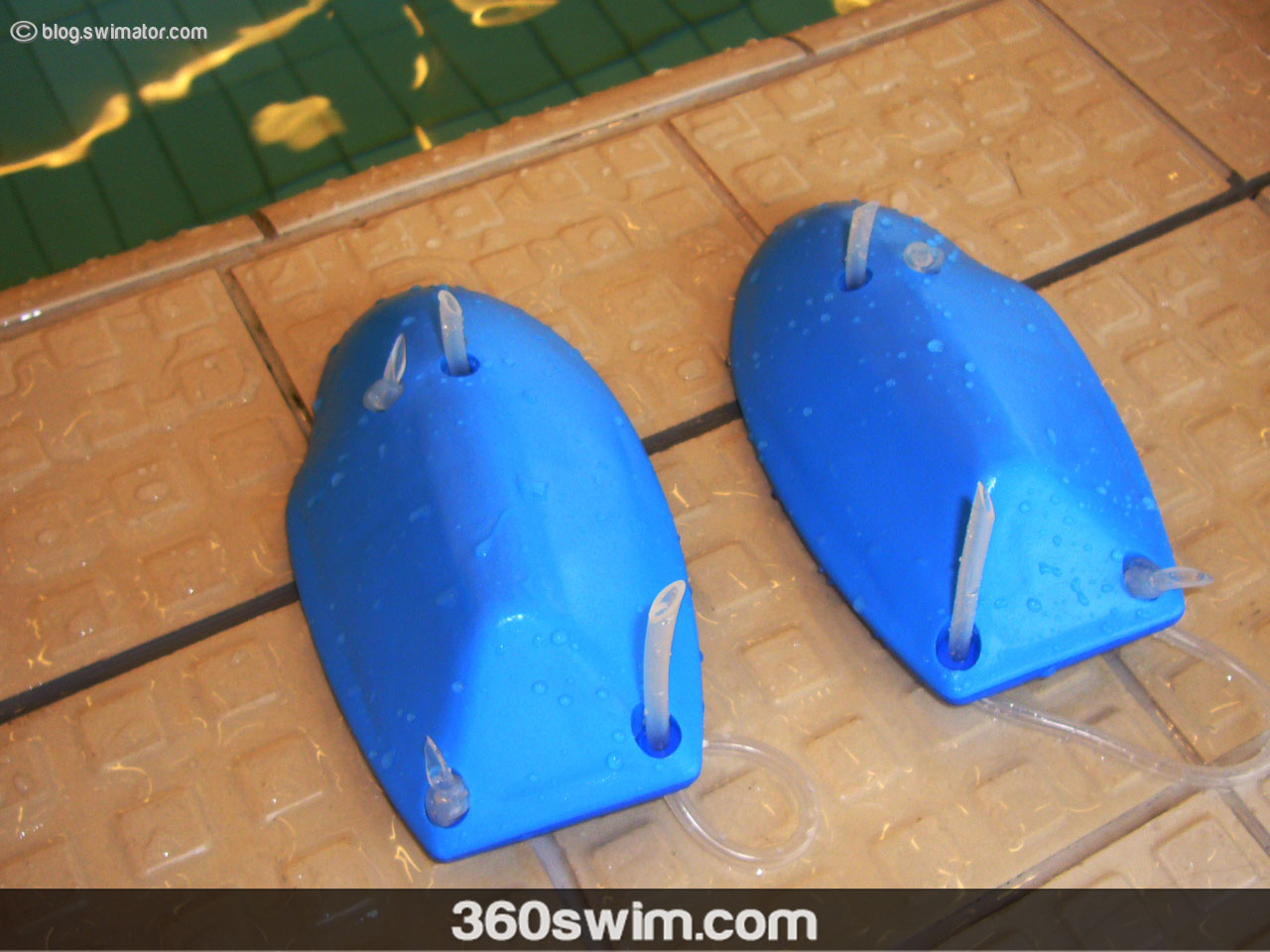
Summary: Pros and Cons
If you’re still not convinced that the Antipaddle is one of the best pieces of swimming gear out there, let me assure you: it truly works.
The difference between feeling the water and not feeling it can be noticed by swimmers of every level, from beginners learning to float to seasoned triathletes refining their stroke efficiency.
Actually, that feeling when you take the paddles off? It’s almost addictive. The sudden lightness and grip on the water are so satisfying that you’ll want more and more of it every time you swim.
If you’re serious about improving your technique but hesitant to invest in fancy gear, this is the one tool worth getting. The Antipaddles are simple, durable, and incredibly effective at teaching your hands to sense and hold water properly.
They don’t just make you faster, they make you aware.
By focusing on technique and gradually improving your water feel, you’ll develop smoother strokes, stronger catches, and better efficiency overall.
This applies equally to triathletes. Forget bulky regular paddles that overload your shoulders. Go for the Antipaddles instead. They’ll help you develop a faster, more natural rhythm that transfers directly into open-water swimming.
If I had to choose just one piece of swim gear to carry in my bag, it would be a tough call between these paddles and the front mounted snorkel.
Frequently Asked Questions
What are Antipaddles used for?
Antipaddles are training paddles that reduce hand surface area to help swimmers develop better feel for water, improve catch technique, and strengthen the forearm and shoulder muscles.
How do Antipaddles improve swimming technique?
By creating less pressure on the hand, Antipaddles force you to adjust your arm position to find the most effective pulling angle. This builds awareness for an early vertical forearm catch and smoother propulsion.
Can beginners use Antipaddles safely?
Yes. Unlike power paddles, Antipaddles reduce strain on the shoulders and are suitable for swimmers of all levels, including youth and masters athletes.
Should I fill Antipaddles with water?
Filling them adds weight and changes buoyancy, which helps develop strength and recovery control. Start empty, then experiment with partial fills for added challenge.
Are Antipaddles better than regular paddles?
They serve different purposes. Regular paddles build strength through resistance, while Antipaddles develop technique, sensitivity, and water feel. Many swimmers use both in rotation.
Can I use Antipaddles for all strokes?
Yes. They can be used for freestyle, backstroke, breaststroke, and butterfly. The reduced resistance makes them especially good for catch drills and stroke-rate training.
Are there drills that work best with Antipaddles?
Yes. Try contrast sets (with and without paddles), butterfly catch drills with fins, and pre-race warm-up swims to heighten water feel.
Can Antipaddles help with shoulder rehabilitation?
Yes. Because they create less resistance than traditional paddles, Antipaddles are excellent for gently rebuilding strength after injury.
 LNURL1DP68GURN8GHJ7URP0YHRXD3SWDMKJMFWVDHK6TMVDE6HYMRS9A4HSCNCWFXSH3NN0H
LNURL1DP68GURN8GHJ7URP0YHRXD3SWDMKJMFWVDHK6TMVDE6HYMRS9A4HSCNCWFXSH3NN0H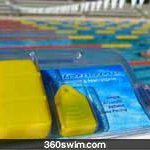
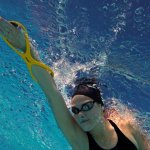
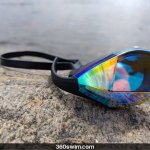
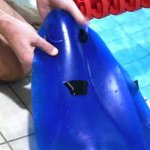
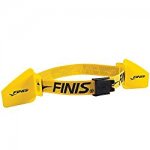
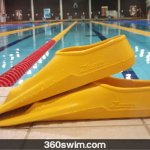
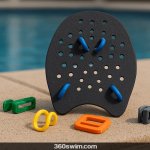

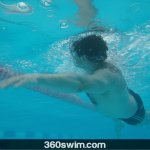

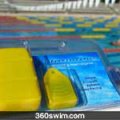
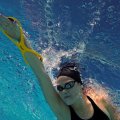
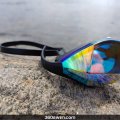
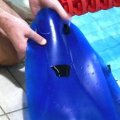
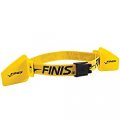
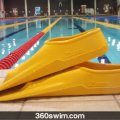
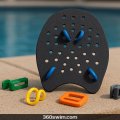
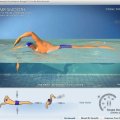
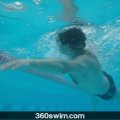
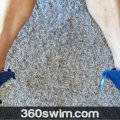

















Comments (2)
Sam